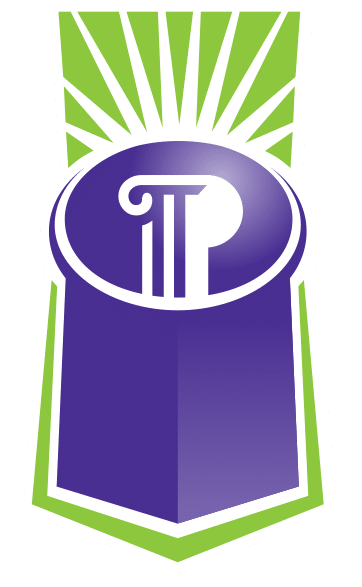PAGE GRANT PROGRAM
The Page Grant is our scholarship program aimed at students of color who graduate from a Minnesota high school and enroll in a Minnesota post-secondary institution. Eligible students, regardless of academic standing, pursuing a 2 or 4-year degree in Minnesota, and committing to annual service projects with children, can qualify for this grant. Annually, we receive applications from 1,000 students across 250 high schools, colleges, and universities in Minnesota. Our focus lies on students of color encountering obstacles such as financial constraints and moderate academic performance, who might otherwise not pursue higher education. We deploy focused recruitment initiatives to African American males, American Indian students, and students of color in Greater Minnesota to help increase enrollment rates in post-secondary education. Recipients of the Page Grant are referred to as "Page Scholars". Each year, we select over 500 Page Scholars to receive grants ranging from $2,500-$3,500. Additional grants are awarded to recognized students' academic progress and mentoring performance.
0
$0
$0
PROGRAM HISTORY
"The Page Education Foundation is as dedicated and hard-nosed as its founder’s approach to football and the court. Page Scholars return to their communities and mentor younger children on the importance of education. Alan Page doesn’t just want to help people; he wants to empower them to help themselves.” - Bill Clinton
From its humble beginnings in 1988 with 10 Page Scholars in the first year, the Page Education Foundation now supports over 500 annually. In 2016, we received the Minnesota Council of Nonprofits' Anti-Racism Award. Our organization’s model was also praised by former President Bill Clinton, in his book, Giving, as the best example of passing on a gift.
AGES SERVED BY THIS PROGRAM
18 to 35 years
NEEDS ADDRESSED BY THIS PROGRAM
The educational opportunity disparity faced by students of color is a nationwide concern, yet the issue is particularly pronounced in Minnesota. African American, Hispanic/Latino, South East Asian, and American Indian students exhibit academic performance gaps compared to their more affluent white peers. According to the 2019 State of Our Students report from the Minnesota Department of Education, only 34% of African American students are performing at grade level in reading, contrasting with 67% of white students. In math, the gap persists, with 34% of African American students performing at grade level, compared to 63% of their white counterparts. Furthermore, high school students of color in Minnesota continue to graduate at lower rates than their white peers. Of the 25% of Minnesota students of color who pursue post-secondary education, less than half attain a bachelor’s degree within six years.
For students of color, many of whom come from low-income backgrounds, the pursuit of education beyond high school is often financially prohibitive. A college certificate or degree is correlated with various life benefits, including increased earning potential, expanded career opportunities, enhanced job security and satisfaction, improved employment benefits, better health, and, critically, an inter-generational pathway out of poverty. Beyond the direct economic advantages linked to post-secondary education, communities witness lower crime rates, heightened civic participation and volunteerism, and increased contributions to state improvement through taxes. Offering financial support to facilitate access to educational opportunities for Minnesota students of color beyond high school not only empowers them to achieve their career aspirations but also addresses systemic inequities in the state that have persisted for decades, negatively impacting the economic, social opportunities, and overall prosperity for all residents.
PAGE SCHOLARS AT A GLANCE
Take a look at our snapshot of this year's class of Page Scholars.
0%
0%
0%
0%
RESULTS
To date, the foundation has disbursed more than $17 million in Page Grants to over 8,500 Page Scholars. We take pride in our successful program model, with an impressive 70% of Page Scholars completing their respective programs within six years, a rate surpassing that of both Minnesota State Universities (35.8%) and private colleges (66%). Moreover, Page Scholars graduate with significantly less debt, averaging $8,160 compared to the staggering federal student loan debt balance of $40,505 per borrower. Graduating with minimal debt enables scholars to attain financial stability and economic mobility more swiftly, affording them opportunities to purchase homes, invest in business ventures and stocks, save for retirement, and contribute to the state's economy overall.
Additionally, the cost per scholar in our programs is a modest $6,150, with an estimated social return on investment (ROI) per scholar for the state at $33,965. For every dollar invested in a Page Scholar, there is a projected $5.52 in social value created through increased earnings and improved health for scholars and the children they serve, enhanced classroom support, and reduced on boarding costs and increased employee productivity for businesses. This translates to an impressive social ROI of 500%.
In response to the U.S. Supreme Court's decision to end affirmative action in college admissions, we increased each Page Grant by $1,000 this year.

